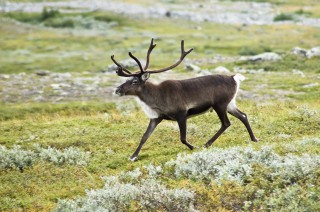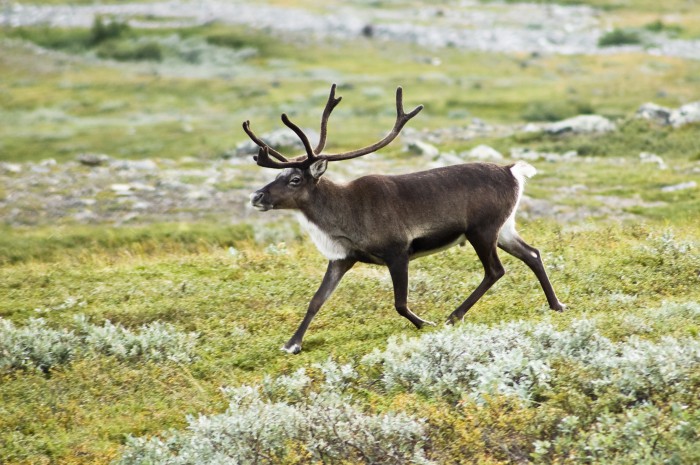 Higher levels of radioactivity in Norway’s grazing animals, particularly its reindeer, have been found, a new study has shown.
Higher levels of radioactivity in Norway’s grazing animals, particularly its reindeer, have been found, a new study has shown.
Nearly 30 years after the Chernobyl nuclear plant explosion, a higher level of radioactivity has been found in the Nordic country’s grazing animals than has been recorded in many years.
Norwegian Radiation Protection Authority (Statens stralevern) scientist Lavrans Skuterud described what has been recorded this year as “extreme”.
Last month, 8,200 becquerel per kilo of Caesium-137 was found in reindeer at Vaga reinlag AS, in the central Norwegian region of Jotunheimen. By comparison, the highest previous recording in the same region was 1,500 becquerel in September 2012.
Researchers also measured radioactivity in sheep and found in both Gudbrandsdalen in the southeast and Valdres in the southwest that sheep meat was measuring 4,500 becquerel per kilo on average. However, 600 becquerel per kilo is classed as the safe limit for sheep meat to be eaten.
Skuterud explained that the “extreme” amounts of mushroom this year as well as the longer than usual mushroom season was the main cause. He noted that mushroom was good for both animals and people, but said its bad trait was that it absorbed a high amount of radioactivity.
However, the scientist is surprised by just how high the levels have been this year, particularly given that the nuclear disaster at Chernobyl happened almost 30 years ago.
Caesium-137’s physical half-life in 30 years, meaning that in 2016 – 30 years after the accident – half of the radioactive matter that fell over Norway in spring 1986 will be gone.

